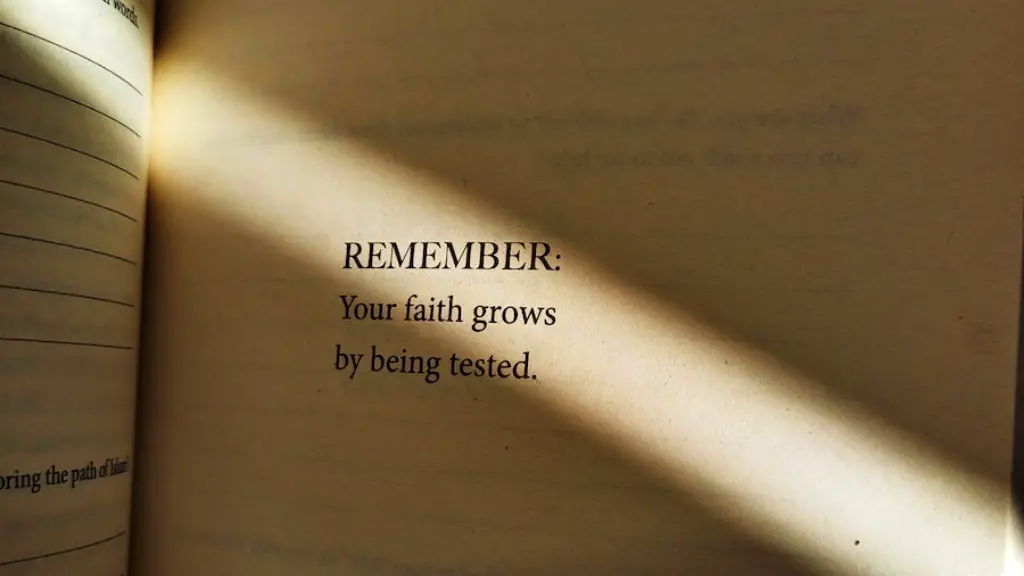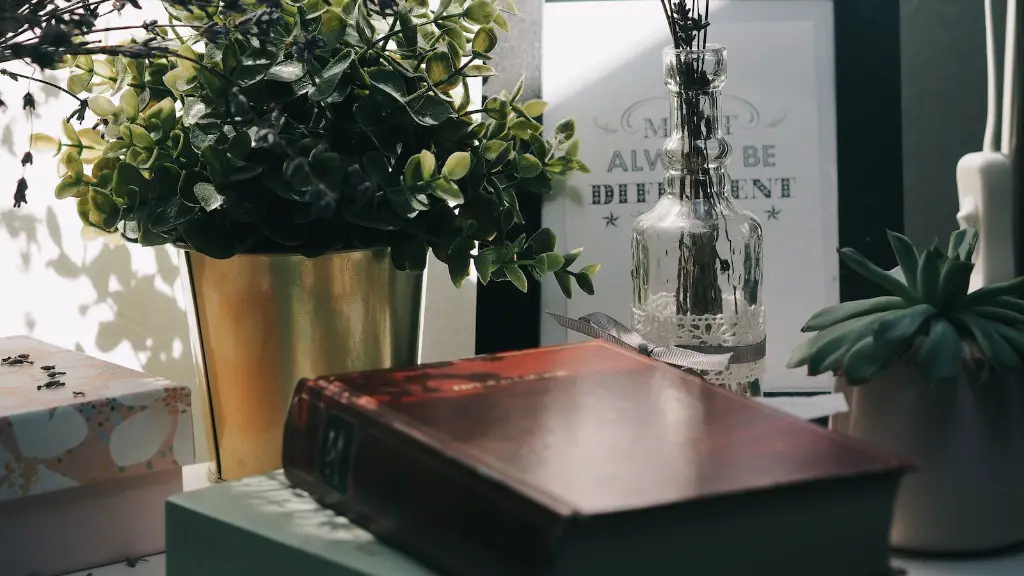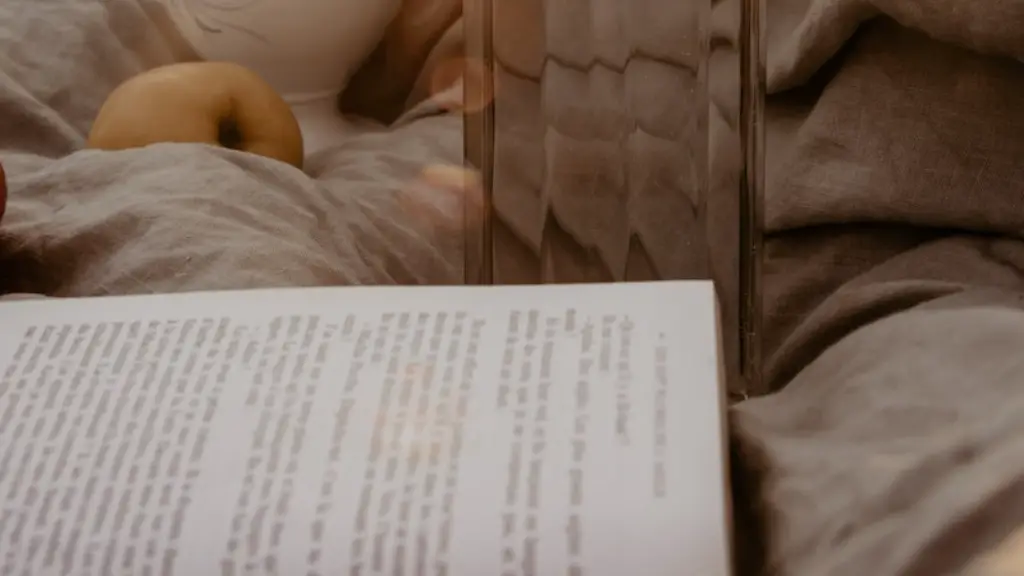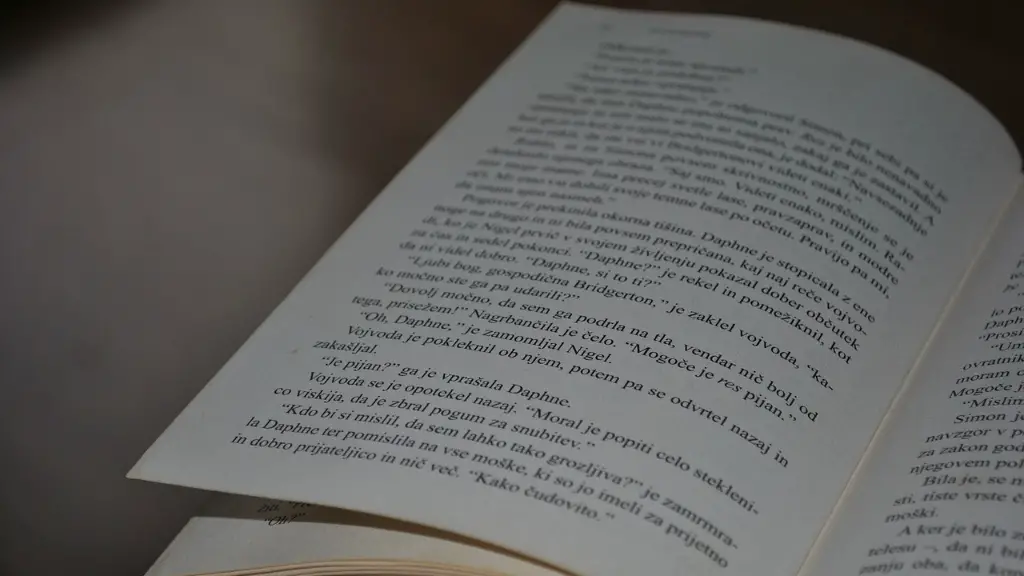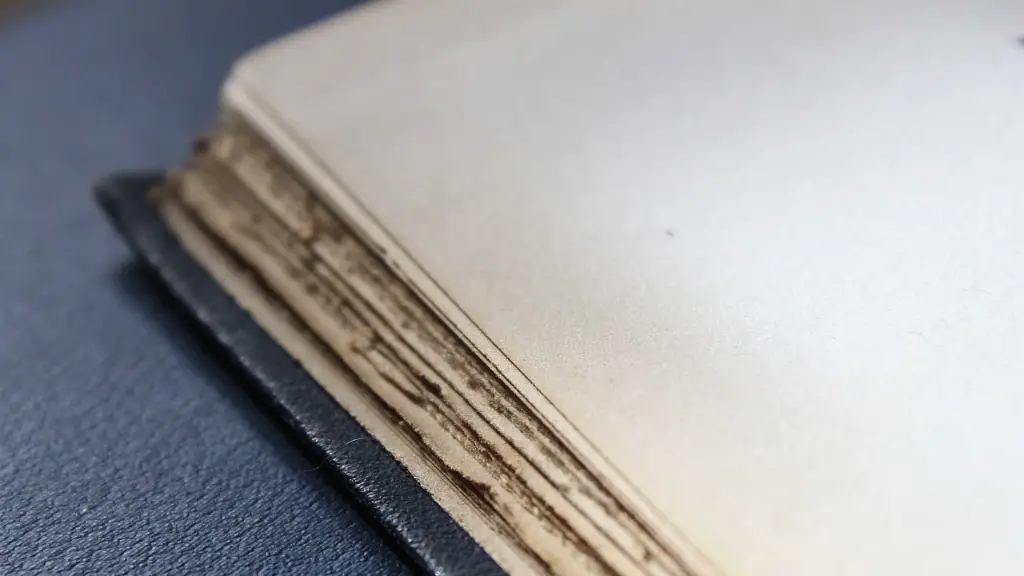Emily Dickinson is one of the most renowned poets of the nineteenth century. She is known for her unique style of writing, which often incorporates fucked up images and dark humor. Some of her most famous poems include “I’m Nobody! Who are you?”, “Because I could not stop for Death”, and “Tell all the truth but tell it slant”.
“Hope” is the thing with feathers –
That perches in the soul –
And sings the tune without the words –
And never stops – at all –
“I’m Nobody! Who are you?”
Are you – Nobody – too?
Then there’s a pair of us!
Don’t tell! they’d advertise – you know!
“Success is counted sweetest”
By those who ne’er succeed.
To comprehend a nectar
Requires sorest need.
“Tell all the Truth but tell it slant —”
Success in Circuit lies
Too bright for our infirm Delight
The Truth’s superb surprise
“There’s a certain Slant of light,”
Winter Afternoons –
That oppresses, like the Heft
Of Cathedral Tunes –
What is Emily Dickinson most famous for?
Emily Dickinson is one of the most important American poets of the 19th century. Her work is characterized by its originality, conciseness, and her unique voice. She is known for her brilliant and enigmatic poems that often deal with death and immortality.
The earliest record of Emily Dickinson’s poetry in publication is “Magnum bonum, harem scarem” which was published in the Amherst College Indicator as a valentine letter. This poem is significant as it marks the beginning of Dickinson’s public career as a poet.
Which Emily Dickinson poems should I read
Emily Dickinson is considered one of America’s greatest poets. She wrote over 1800 poems during her lifetime, many of which were published posthumously. While Dickinson is known for her unusual and often cryptic style, her poems are also remarkable for their insight, wit, and beauty.
Here are ten of the best Emily Dickinson poems everyone should read:
1. ‘I’m Nobody! Who are you?’
2. ‘I heard a Fly buzz – when I died’
3. ‘Hope is the thing with feathers’
4. ‘The heart asks Pleasure – first’
5. ‘I felt a Funeral, in my Brain’
6. ‘I died for Beauty – but was scarce’
7. ‘Because I could not stop for Death’
8. ‘My Life had stood – a Loaded Gun’
9. ‘Tell all the Truth but tell it slant’
10. ‘There’s a certain Slant of light’
In “The saddest noise, the sweetest noise,” Emily Dickinson reflects on the bittersweet relationship between beauty and grief. She observes that both sadness and beauty can be found in the world, and that often times they are intertwined. While grief can be painful, it can also lead to moments of great beauty and wonder. In the end, Dickinson suggests that it is important to embrace both the sorrow and the joy in life, for they both play a role in making us who we are.
Who is Emily in love with Dickinson?
The two women met in Amherst, Massachusetts, where Emily was attending Mount Holyoke Female Seminary and Susan was living with her older sister Louisa. Emily and Susan bonded immediately, sharing a love of reading and spending time together walking around town and exploring the outdoors. They also shared a deep interest in each other’s inner lives, and their relationship quickly became intimate.
Sadly, Susan’s health began to decline not long after they met, and she eventually had to leave school and return home to live with her sister. Emily was devastated, but she and Susan kept in touch through letters, and their relationship remained strong. In 1858, Susan finally returned to Amherst, and the two women were able to resume their close friendship.
Emily Dickinson and Susan Gilbert remained close until Susan’s marriage in 1859. Emily was shattered by the loss of her best friend and first love, and she withdrew from the world, rarely leaving her home for the next two decades. Although she continued to write poetry throughout her life, it was only after Susan’s death in 1887 that Emily began to share her work with the world.
Hope is the thing with feathers that perches in the soul. It sings the tunes without the words and never stops at all. It is the light that guides us through the darkness and the love that keeps us going when all seems lost. Hope is the thing that gives us the strength to carry on and the courage to face tomorrow.
What caused Emily Dickinson’s death?
based on the information given in the topic, it can be concluded that the person died of heart failure caused by high blood pressure. This can be further supported by the symptoms mentioned in the topic.
In the 1800s, life in a small New England town was pretty difficult. The mortality rate for young people was high, so death was a frequent occurrence in homes. This contributed to Emily Dickinson’s preoccupation with death, as well as her withdrawal from the world, her anguish over her lack of romantic love, and her doubts. It’s pretty amazing that she was able to accomplish as much as she did, given how difficult her life was.
How many poems did Emily write
Emily Dickinson was one of the most popular and enigmatic American writers of the nineteenth century. She wrote almost 1,800 poems, many of which are still widely read and admired today. Dickinson was a highly original thinker and expressed her unique perspective on life in her poetry. Her work is characterized by its use of simple, everyday language, as well as by its often mysterious and enigmatic themes. Dickinson was a highly private person and rarely gave interviews or public readings of her work. However, her poems continue to speak to readers of all ages, and she is considered one of the most important American poets.
Emily Dickinson was an American poet who is today best known for her use of slant-rhyme, conceits, and unconventional punctuation, as well as her near-legendary reclusive habits. She was part of a prominent Amherst, Massachusetts family.
Did Emily Dickinson write any love poems?
Emily Dickinson is one of the most renowned and celebrated poets of the nineteenth century. Though she never married, her love poems are some of the most beautiful and moving works in the English language. Because of their intensity and honest emotion, readers have been fascinated by Dickinson’s love life since her poetry was first published in the 1890s. While we cannot know for certain why Dickinson never married, her love poems give us a glimpse into her deep and passionate heart.
It seems like Sue and Emily have a complicated relationship. They’re best friends, but they’re also interested in each other romantically. They even have a physical relationship. But despite all that, Sue gets engaged to Emily’s brother, Austin, when he proposes. This must be really tough for Emily to deal with. Hopefully they can all still be friends after this.
How old was Sue Dickinson when she died
A note on following topic:
Following are some tips on writing a note:
– Make sure to write in a clear and concise manner.
– Make sure to include all relevant information.
– Make sure to proofread your note before sending it.
There is no one-size-fits-all answer to this question, as the best way to write a note depends on the situation and purpose of the note. However, some tips on writing a note could include being concise and clear in your writing, as well as using an appropriate level of formality depending on the recipient of the note.
What was Emily Dickinson’s last words?
In her final days, Emily Dickinson was only able to write brief notes to her niece. Her final message contained the words “I must go in, the fog is rising.” The renowned American poet died of Bright’s disease in 1886.
Emily Dickinson is one of America’s most beloved poets. Here are some fun facts about her life:
-Her father was a United States Senator
-Only ten of her poems were published during her lifetime
-The Dickinson family were devout Calvinists
-Botany was a passion in her early years
-She was incredibly reclusive
-Several mysterious love affairs may have taken place
What are 5 famous quotes
Famous quotes can inspire us to not give up, even when we fall. They can motivate us to take action and live our own lives instead of living someone else’s life. And they can remind us that life is full of surprises and shouldn’t be predictable.
Emily was considered strange by the residents of her hometown for a number of reasons. Firstly, she took to wearing white clothing much of the time, which was unusual for someone of her age. Secondly, she was very reclusive and would often refuse to come downstairs to greet her guests. Lastly, she would only hold conversations through the closed door of her bedroom, which made people feel uncomfortable.
Final Words
Some popular poems by Emily Dickinson include “Because I could not stop for Death,” “I heard a Fly buzz- when I died,” and “There’s a certain Slant of light.”
Emily Dickinson’s poetry often deals with themes of death and immortality. Many of her poems are written in a style that is deliberately cryptic and ambiguous, making it difficult to determine their exact meaning. However, the general themes of her poems are often readily apparent, and her work continues to be revered by many readers for its insight and beauty.
